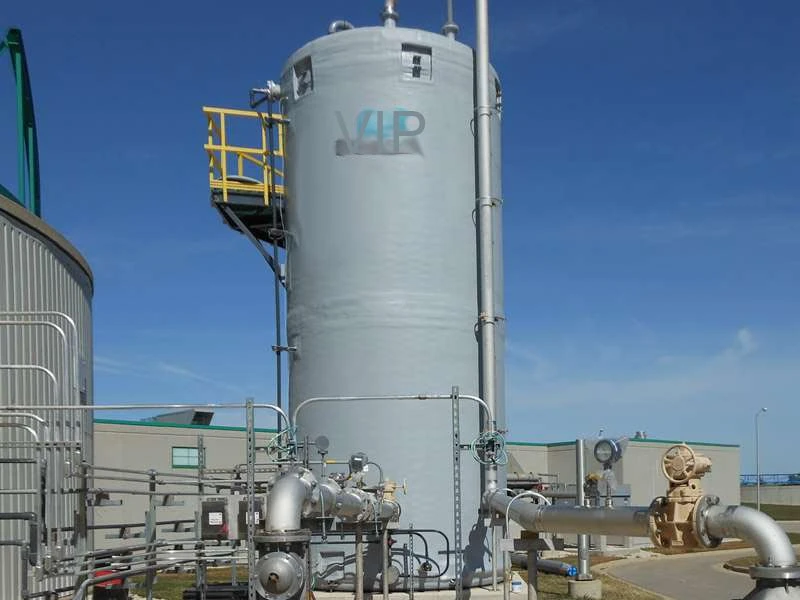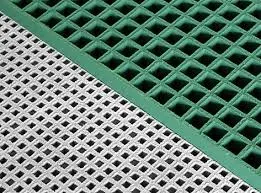
-
 Afrikaans
Afrikaans -
 Albanian
Albanian -
 Amharic
Amharic -
 Arabic
Arabic -
 Armenian
Armenian -
 Azerbaijani
Azerbaijani -
 Basque
Basque -
 Belarusian
Belarusian -
 Bengali
Bengali -
 Bosnian
Bosnian -
 Bulgarian
Bulgarian -
 Catalan
Catalan -
 Cebuano
Cebuano -
 China
China -
 China (Taiwan)
China (Taiwan) -
 Corsican
Corsican -
 Croatian
Croatian -
 Czech
Czech -
 Danish
Danish -
 Dutch
Dutch -
 English
English -
 Esperanto
Esperanto -
 Estonian
Estonian -
 Finnish
Finnish -
 French
French -
 Frisian
Frisian -
 Galician
Galician -
 Georgian
Georgian -
 German
German -
 Greek
Greek -
 Gujarati
Gujarati -
 Haitian Creole
Haitian Creole -
 hausa
hausa -
 hawaiian
hawaiian -
 Hebrew
Hebrew -
 Hindi
Hindi -
 Miao
Miao -
 Hungarian
Hungarian -
 Icelandic
Icelandic -
 igbo
igbo -
 Indonesian
Indonesian -
 irish
irish -
 Italian
Italian -
 Japanese
Japanese -
 Javanese
Javanese -
 Kannada
Kannada -
 kazakh
kazakh -
 Khmer
Khmer -
 Rwandese
Rwandese -
 Korean
Korean -
 Kurdish
Kurdish -
 Kyrgyz
Kyrgyz -
 Lao
Lao -
 Latin
Latin -
 Latvian
Latvian -
 Lithuanian
Lithuanian -
 Luxembourgish
Luxembourgish -
 Macedonian
Macedonian -
 Malgashi
Malgashi -
 Malay
Malay -
 Malayalam
Malayalam -
 Maltese
Maltese -
 Maori
Maori -
 Marathi
Marathi -
 Mongolian
Mongolian -
 Myanmar
Myanmar -
 Nepali
Nepali -
 Norwegian
Norwegian -
 Norwegian
Norwegian -
 Occitan
Occitan -
 Pashto
Pashto -
 Persian
Persian -
 Polish
Polish -
 Portuguese
Portuguese -
 Punjabi
Punjabi -
 Romanian
Romanian -
 Russian
Russian -
 Samoan
Samoan -
 Scottish Gaelic
Scottish Gaelic -
 Serbian
Serbian -
 Sesotho
Sesotho -
 Shona
Shona -
 Sindhi
Sindhi -
 Sinhala
Sinhala -
 Slovak
Slovak -
 Slovenian
Slovenian -
 Somali
Somali -
 Spanish
Spanish -
 Sundanese
Sundanese -
 Swahili
Swahili -
 Swedish
Swedish -
 Tagalog
Tagalog -
 Tajik
Tajik -
 Tamil
Tamil -
 Tatar
Tatar -
 Telugu
Telugu -
 Thai
Thai -
 Turkish
Turkish -
 Turkmen
Turkmen -
 Ukrainian
Ukrainian -
 Urdu
Urdu -
 Uighur
Uighur -
 Uzbek
Uzbek -
 Vietnamese
Vietnamese -
 Welsh
Welsh -
 Bantu
Bantu -
 Yiddish
Yiddish -
 Yoruba
Yoruba -
 Zulu
Zulu
jan . 28, 2025 02:18
Back to list
frp cover
FRP covers, or Fiber Reinforced Plastic covers, have emerged as a revolutionary product in the construction and infrastructure sectors. Their rise in popularity is attributed to their unique blend of durability, strength, and versatility, making them an exceptional choice for various applications. Drawing from substantial field experience, professional insights, and authoritative data, the advantages of FRP covers are explored here.
Trustworthiness in product quality is another key attribute of FRP covers, emphasized through rigorous quality assurance processes undertaken by leading manufacturers. Compliance with international safety standards and certifications speaks volumes about their reliability and performance. Manufacturers often provide detailed testing results and case studies, reinforcing the claims of durability and resilience. This transparency not only enhances consumer confidence but also positions FRP covers as a preferred choice for engineers and architects seeking proven solutions. One must also consider the environmental benefits of choosing FRP over more traditional materials. As industries move towards sustainable practices, the recyclability and longevity of FRP products offer a promising reduction in environmental impact. Their production involves less energy compared to metals and emits fewer carbon emissions, aligning with global efforts towards sustainability. For organizations committed to reducing their ecological footprint, FRP covers represent an environmentally responsible choice that does not compromise on quality or performance. Incorporating feedback from users who have implemented FRP covers, many highlight the material’s versatility across different environments—from corrosive wastewater treatment plants to heavy-duty industrial settings. The adaptability of design and customizability of FRP covers serve as practical advantages, allowing for tailored solutions that fit specific project requirements. User experiences often praise FRP covers for maintaining aesthetic appeal and structural functionality over time. In conclusion, FRP covers offer a distinctive combination of qualities that cater to the demanding needs of modern construction and maintenance practices. Their adoption represents a shift towards materials that offer resilience, cost efficiency, and environmental consciousness. Supported by technical expertise, substantial field evidence, and credible industry endorsements, FRP covers continue to stake their claim as a fundamental component in the future of infrastructural development, proving that innovation and practicality can coexist in building materials.


Trustworthiness in product quality is another key attribute of FRP covers, emphasized through rigorous quality assurance processes undertaken by leading manufacturers. Compliance with international safety standards and certifications speaks volumes about their reliability and performance. Manufacturers often provide detailed testing results and case studies, reinforcing the claims of durability and resilience. This transparency not only enhances consumer confidence but also positions FRP covers as a preferred choice for engineers and architects seeking proven solutions. One must also consider the environmental benefits of choosing FRP over more traditional materials. As industries move towards sustainable practices, the recyclability and longevity of FRP products offer a promising reduction in environmental impact. Their production involves less energy compared to metals and emits fewer carbon emissions, aligning with global efforts towards sustainability. For organizations committed to reducing their ecological footprint, FRP covers represent an environmentally responsible choice that does not compromise on quality or performance. Incorporating feedback from users who have implemented FRP covers, many highlight the material’s versatility across different environments—from corrosive wastewater treatment plants to heavy-duty industrial settings. The adaptability of design and customizability of FRP covers serve as practical advantages, allowing for tailored solutions that fit specific project requirements. User experiences often praise FRP covers for maintaining aesthetic appeal and structural functionality over time. In conclusion, FRP covers offer a distinctive combination of qualities that cater to the demanding needs of modern construction and maintenance practices. Their adoption represents a shift towards materials that offer resilience, cost efficiency, and environmental consciousness. Supported by technical expertise, substantial field evidence, and credible industry endorsements, FRP covers continue to stake their claim as a fundamental component in the future of infrastructural development, proving that innovation and practicality can coexist in building materials.
Next:
Related Products
Latest news
-
Durable FRP Chimney Construction & Installation for Industrial UseNewsMay.10,2025
-
Durable Fiberglass Fuel & Roof Tanks Corrosion-Resistant SolutionsNewsMay.10,2025
-
High-Efficiency PDC Anchor Drill Bits - Durable High-Perf Drilling SolutionsNewsMay.10,2025
-
FRP/GRP Solutions for Thermal & Nuclear Power Plants Durable MaterialsNewsMay.10,2025
-
Custom Fiberglass Fittings Durable & Corrosion-Resistant SolutionsNewsMay.10,2025
-
High-Temp Resistant Fiberglass Products for Steel Smelting Plants FRP/GRP SolutionsNewsMay.10,2025









